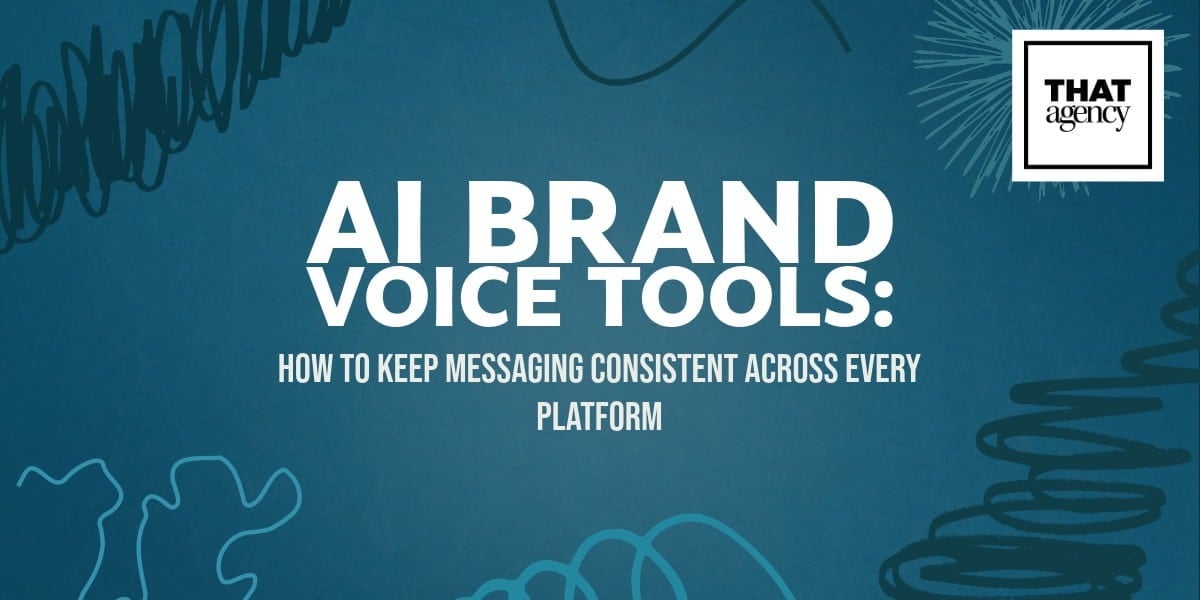Here’s a scary thought that may keep you up at night - what if your website is the only marketing effort potential customers see about your brand? Not quite sure your website could stand up to that test? You’re not alone.
Learning how to evaluate a website design isn’t an easy task. After all, you’re not in the website business. You’re in the business of meeting your customers’ needs. Knowing what every website needs can be a bit difficult to measure on your own. Fortunately, a quick scan down this checklist can help you think about whether you’re giving your users what they want most.
What Every Website Needs to Be Successful
Good websites need about four key ingredients if they’re actually going to be successful marketing tools.
- A Reason to Exist: Why do you even have a website? Why did you include that page? If you can’t answer that, you may need to go back to square one. To be successful at anything in life, you have to have a goal in mind, and that’s as true for your website's success as it is for your own personal success. If each page (and button and word and menu and image) on your site doesn’t have a purpose, it may be time to revisit things.
- A Stunning Appearance: How good does your site look when you compare it with other sites online? With other sites in your industry? If it looks like something straight out of 2000, it’s absolutely time for an update. If the last time you considered how your site looked was 2015, it’s a wonder you still have any customers. People expect sites to look great, and you want to be sure yours looks fantastic on any screen.
- Strong Content: Content is the backbone of your online appearance, and any good site has relevant, updated content that helps catch a user’s attention. Ensure yours is content-rich throughout with original material that helps draw new customers in and keeps existing customers coming back for more.
- Simple Navigation: Anything your customer might want should be less than three clicks away. It should be simple to move from space to space, and it should make sense. That’s not only going to help your potential customers get what they need, but it will help the search engines crawl your site as well.
Does your site have all four ingredients? If you’re not sure, it may be time to evaluate exactly what’s happening with your website.
How to Evaluate a Website Design
Website evaluation actually starts with your user in mind. When you initially load your site, what’s the point of what a user is seeing? Online customers are a bit like offline customers. They glance around, maybe touch some of the merchandise, then decide what they want. Online, that process translates to glancing around, scanning some text, and clicking through. They’re not going to look at your entire site.
Instead, they’re searching for something that is useful and clickable. If they don’t find it, out the virtual door they go. You want to be sure that you evaluate each element on your page to make certain that there’s a reason it exists for your customers. If there’s not, it’s time to think about why you chose to include those elements.
Web users are impatient people, and they don’t always make good choices, so ensure you have good choices right in front of them. You don’t want to make them think. Focus their attention, and help them know what to do immediately. If you can’t see that your site is doing that, get a quote from a web design company to help you rebuild immediately.
Visual beauty should come right after purpose in your evaluation. Keep in mind that simplicity is beautiful when it comes to web design. Color matters to your brand quite a bit. You want to work with color theory to learn more about what fits with your brand and what will help your customers emotionally invest in what you’re doing.
If you haven’t already developed a brand-specific color palette to use in both your on and offline marketing, now is the time to do it. You shouldn’t have more than five colors to work with, and they should all be complementary. Keep in mind that too many colors do not make a visually appealing site.

The typeface you’re using should be as visually appealing as the colors. It should be brand standard (across all of your marketing materials), and you shouldn’t select more than three fonts to use across the site.
Images matter here too. Every image you place should capture the spirit of your brand and push potential customers to want to take action. Much of an initial customer’s impression will be based on imagery alone, so make certain you’re using images that really inspire customers.
Content may not be the first thing that comes to your mind when evaluating your site, but it should be near the top of the list because search engine bots consider it every time they crawl your site. Good sites have lots of fresh content that is engaging for users. The content compels them to do something, and it has the power to convert as well.
You want to be sure every piece of content includes a call to action. You also want to be sure that you’re not exaggerating or extensively using bold or italic fonts. You want to get down to business with your customers and use language appropriate for your demographic.
Finally, evaluate your website’s navigation. How easy is it for your users to get from space to space? You want a clean space that’s easy to click through. It should load quickly on any screen, and every image should display perfectly.
Think like a user here. How easy is it to find your products? How easy is it to schedule an appointment? How easy is it to read the content and move to the next piece of content? If you’re finding none of these things are true, reload the entire architecture of what you’re doing.
Let Us Help You With the Evaluation
Learning how to evaluate a web design can be a frustrating task when you’re in the midst of doing what you do best - serving your customers. Let us help you learn more about what every website needs, and how we can help you meet those needs. Give us a call today to learn more.




